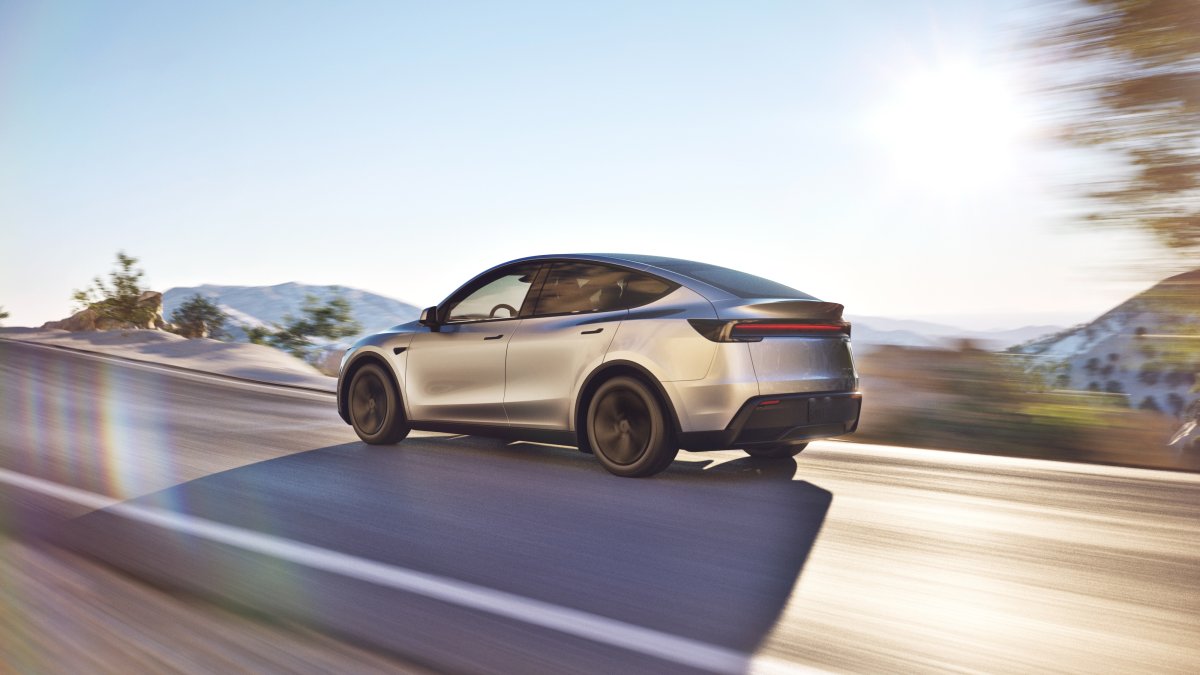That's the point, that's what supervised FSD was meant to do: collect data (which by the way they do regardless of FSD) and test it on the road with the reassurance of a driver taking over in case of troubles.
The issue here is that as long as there is a human able to intervene or disengage the system, then the training data will always have a “human bias”. Meaning, that the AI model will never learn how to handle more difficult tasks than those that drivers are comfortable allowing the system to perform. I'm not saying that people should be letting the cars crash or cause accidents or get into near miss scenarios. But a lot of people have different levels of confidence and preference in what they are okay with. For example, some people may not allow the car to get too close to other cars while attempting to auto park. Likewise, some people may never allow the car to miss a turn and then have to figure out a different route. And even more importantly, some people may simply not even hit that “submit video” button when the car does something it is not supposed to, or performs poorly. Again, there are a lot of factors that having a fallback like a supervising driver prevents the system from improving in edge cases, or in areas that it may need more work in.
Also keep in mind, that Tesla did also mention that they are basically having to start from scratch again, because of new larger parameters, and longer context windows. This means, that they likely require even more data now from completely unsupervised vehicles where there is even less intervention from an actual driver. It is likely one of the reasons that they are using safety monitors for this initial rollout.
Do we really need unsupervised and full-autonomous drive right now, so much that we can't wait a year or two for a safer solution? That's the main question. Anyway robotaxis are already out, so they don't even have first-mover advantage...
No, of course we don't. And that is why it isn't on personal vehicles yet. Although, Tesla is often criticized for their “move fast and break things” mentality when it comes to testing and getting things out. You can't really fault that they still do take safety into account. I doubt we will see unsupervised FSD out of Texas for a while, and if we do, it will likely be limited to the Robotaxi for quite some time. I also understand about the first-mover advantage, but they are a business after all, and it's better late than never. It is still a relatively small market, with a huge customer base, and a massive profit channel. Just think about it like this, in North America,
Waymo only has ~2,000 cars across a few major cities (I think it's something like 10-15 cities total). And each Waymo costs ~$200,000 with all their sensors, compute, and the vehicle itself, not to mention that the vehicles are third-party. So if Tesla does manage to get into this market and can legitimately outcompete other brands in price, cost, and scalability, then the profits can indeed be huge.
Edit: I made a mistake, apparently Waymo only has between 600 and 1,000 vehicles across just a few cities (7 total), mainly Phoenix, San Francisco, LA, and now Austin. And their estimated cost per vehicle is between $150,000 and $250,000, and keep in mind this is after nearly 10 years of operation.

 www.notateslaapp.com
www.notateslaapp.com

